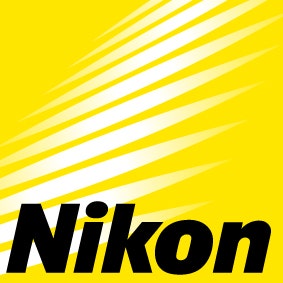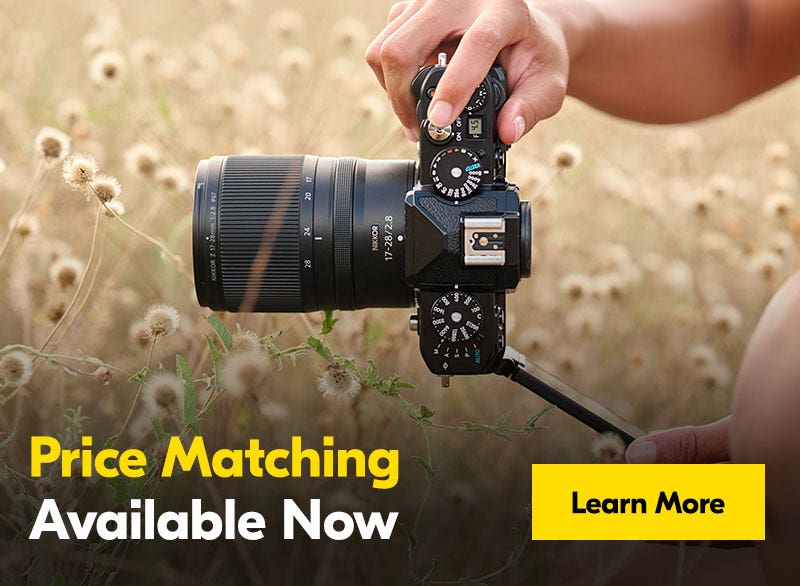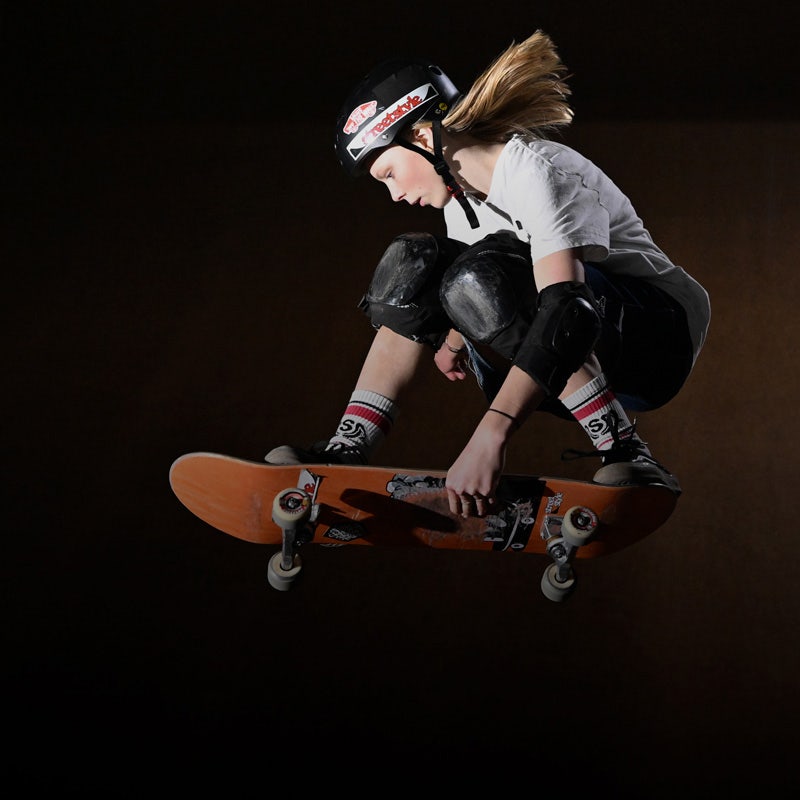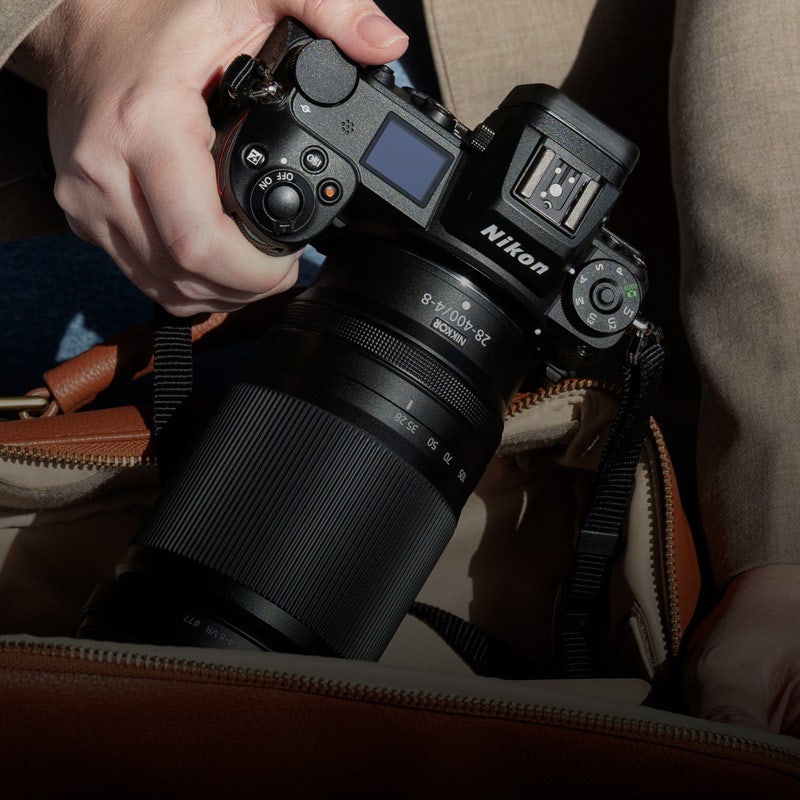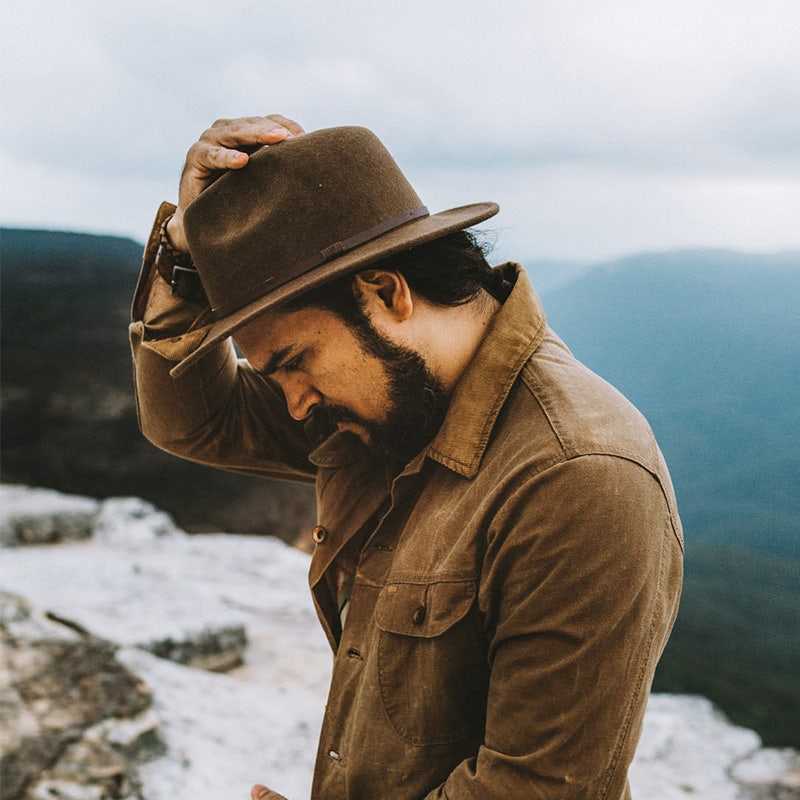Introducing Trent Mitchell’s Colour Field
Award-winning photographer Trent Mitchell has teamed up with artist Jack Macrae and Nikon to create a stunning short film on the Z 8.
In April 2022, we sat down with NSW-based surf and underwater photographer Trent Mitchell to discuss his work and life. We touched on what draws him to water, how he captures its movement in a still image, and his shift to mirrorless, amongst other things.
Now, Trent is back to discuss his new short film Colour Field – an intimate profile of visual artist and bodysurfer Jack Macrae. The short was a tight-knit collaboration between the two creators, where Jack was the subject and Trent was the entire crew. Trent and Nikon wanted to see what could be achieved with nothing but a personal connection to a subject and the Z 8.
The results, as we’re sure you’ll agree when you check them out, are astounding.
Once again, we sat down with Trent, but this time about the process of making Colour Field (and a bit about his recent awe-inspiring shots of a solar eclipse).


How did you first meet your subject, Jack Macrae?
I met Jack back in 2017. I had an idea for a bodysurfing stills project, and we met Jack through a local club. I guess I've been having fun in the ocean with him ever since.
You’ve always been into bodysurfing?
It's something that I've always done.It's a part of how you, as an underwater photographer, learn to navigate through waves and through the ocean. And I mean, when push comes to shove, it can save your life. So yeah, it’s always been a skill that you've kind of got to keep on top of, as a photographer.
What was the seed of the idea for the film?
I've known Jack before he started creating his artworks. And I know where he comes from, with his approach and influences. I wanted to celebrate him and I think he's got a cool story to tell. Visually, his artworks represent a coastline in a minimalistic way, and I knew I could showcase that through the lens and see a correlation between his work and a visual sense of place.
I also thought it would be an interesting time to involve what he does – celebrating real-world creativity and interaction with nature at a time when digital influence is being heavily pushed. I strongly believe in the real-world processes and getting out there and you know, creating.
So, the visual style of Jack’s paintings influenced the way you shot the film?
Yeah, it did. Visually - the outlines in Jack’s landscapes are easily represented in the real world. You can say that even though his work’s abstract, you can definitely see the influence through the camera. Obviously, he's not doing photorealistic work, but all the elements are there and I felt it was a beautiful way to make that link visually. To explore the places that he loves to create work in and shoot it in a way that celebrates his work.
"I wanted to see what we could acheive with the camera and just the camera."


I know the production was basically just Jack and you as director and DOP, but did you conceptualise what you were going to do? Write anything out? Or was it more you just went out and did the guerrilla thing?
The only thing that was pencilled in was locations that Jack wanted to create from - places he wanted to go and serve bodysurf, and places that he wanted to create work from. It was that simple.
We spent time in the art studio with him as well, creating work over the time that we spent together making the film. It was all really authentic in that way. It was all driven by Jack. Of course, we had to plan the logistics behind it all.
What about his words – the voiceover? Did you record a separate interview later on?
Yeah. It was just conversational. In the way you and I are having a chat now. We just pulled quotes from that - nothing was scripted. Just had a little session on the couch and a chat all mic’d up.
Have you used Z 8 much when it comes to video, prior to this shoot?
I’ve used the Z 9 prior to this shoot. It was an easy transition from the Z 9 to the Z 8. Physically, the differences were notable between them, but technically it felt like the same camera to me.
The physical difference was the vertical grip being removed. That was the only difference – in the way that you hold the camera. It’s a smaller, lighter camera and it felt more run-and-gun.
Do you think it was the better option for this shoot?
I wanted to see what we could acheive with the camera and just the camera. The only stabilisation I used was a cine saddle. No gimbals. No crazy camera movements. Just the camera and the lenses.


Did you find the edit came through quite quickly and organically? Or did you try a few different approaches until you found the structure that appears in the final version?
We did try a few different things and then we stripped it back. The more we stripped it back it just fell into that space that was a bit more documentary-style storytelling. I did want to play around and do something a little bit more abstract, but the more we looked at it, it just felt like it just needed to be told the way it ended up.
What ignited your fire for filmmaking?
Jumping from stills to motion, I love how you can use a combination of shots to tell a story, as opposed to trying to capture everything in a single frame. To me, that's exciting.
I haven't explored camera movements or anything quite complex. But yeah, the basics excite me - being able to incorporate a whole variety of ways of saying one thing and then sequencing that to tell the story. It's pretty cool. And then using, obviously, the element of sound.
Did any of the you know the typical elements or parameters that are fixed in place during stills, like exposures or lighting, require adjustments when moving to a moving image?
I mean, I've dabbled in motion before. I’ve shot video before, but I've never really made a film. So technically, there were no issues trying to capture anything or in how things worked.
I was excited to try autofocus motion. There are a lot of shots in there that are with a NIKKOR Z 50mm f/1.2 S autofocusing in the water with action, and they are sharp shots. I've shown many cinematographers that are really talented and they've been blown away by that.
Those shots that you got underwater, are they new territory for you stylistically? Or are they keeping in style with your stills?
Yeah, it’s more the other stuff that was a bit out of my wheelhouse.
I guess, tracking the action underwater and making sure there were transition points in the shots. That was definitely something to consider for motion.


Did you find the edit came through quite quickly and organically? Or did you try a few different approaches until you found the structure that appears in the final version?
We did try a few different things and then we stripped it back. The more we stripped it back it just fell into that space that was a bit more documentary-style storytelling. I did want to play around and do something a little bit more abstract, but the more we looked at it, it just felt like it just needed to be told the way it ended up.
What ignited your fire for filmmaking?
Jumping from stills to motion, I love how you can use a combination of shots to tell a story, as opposed to trying to capture everything in a single frame. To me, that's exciting.
I haven't explored camera movements or anything quite complex. But yeah, the basics excite me - being able to incorporate a whole variety of ways of saying one thing and then sequencing that to tell the story. It's pretty cool. And then using, obviously, the element of sound.
Did any of the you know the typical elements or parameters that are fixed in place during stills, like exposures or lighting, require adjustments when moving to a moving image?
I mean, I've dabbled in motion before. I’ve shot video before, but I've never really made a film. So technically, there were no issues trying to capture anything or in how things worked.
I was excited to try autofocus motion. There are a lot of shots in there that are with a NIKKOR Z 50mm f/1.2 S autofocusing in the water with action, and they are sharp shots.
I've shown many cinematographers that are really talented and they've been blown away by that.


Do you think you would feel comfortable being a director and having a DOP take your shots? Would it be hard to let go of running the camera?
I like being behind the lens and shooting. I feel like that kind of documentary style suits me. But I could easily transition out of that for something of a commercial nature. Definitely. I've directed content paces before, where I've been shooting stills and directed talent and had motion shooting next to me all the time, and just work with exceptionally talented people that are doing an incredible job. I mean, way better job than I could, because it's what I do every day.
For something like this, or that kind of low-footprint approach, which is what the collaboration between Nikon and I was going for is to see what you can do with the camera, just by yourself.
Could you see yourself ever working with something fictional – with narrative and story and actors?
I think my strengths are in documentaries. But I don’t know, it’s only been one film.
Yeah, I’m probably getting ahead of myself!
I don’t know if I want to. I don’t think I would get into it – creating all of this charade, if that makes sense. I’m not a big film buff, I never have been. I watch them purely for entertainment. The only thing I really look at when watching a film is lighting and composition, but I’m not looking at performance or all of those other complex things.
Thanks for the chat and congratulations on Colour Field.
